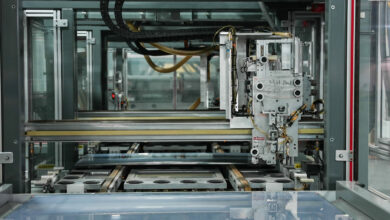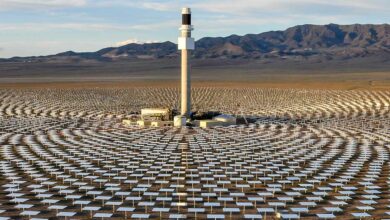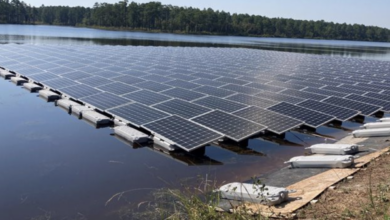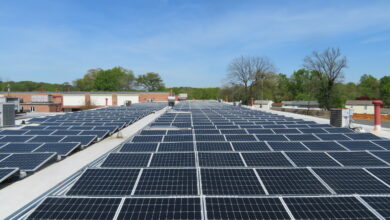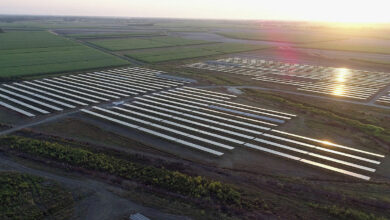NREL models power sector impacts of federal clean energy laws
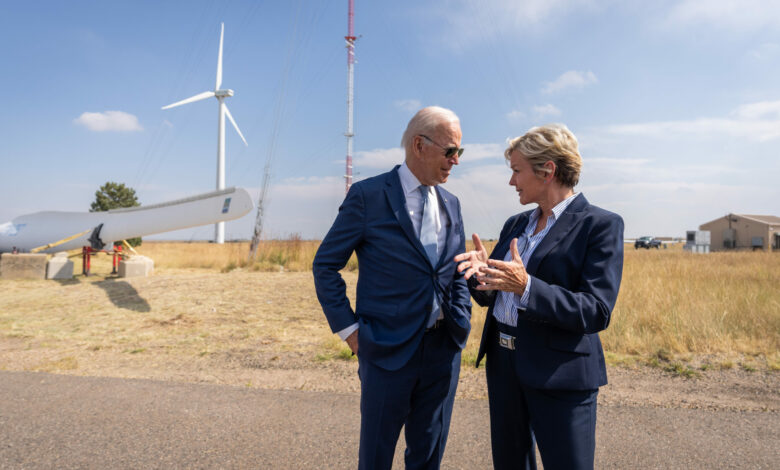
Analysis from the National Renewable Energy Laboratory predicts that recent federal legislation could lead to a surge of clean energy deployment, and rapid reduction of emissions, by 2030.
The Inflation Reduction Act and Bipartisan Infrastructure Law include more than $430 million for clean energy and climate change mitigation from 2022 through 2031, according to estimates from the Congressional Budget Office.
NREL modeled a range of scenarios to reflect the impact of both the IRA and BIL against a scenario in which neither policy was passed and implemented. An advanced power system planning model, the Regional Energy Deployment System, was used to evaluate how major provisions from both laws impact investment in and operation of utility-scale generation, storage, and transmission, as well as the subsequent impact on power system costs, emissions, and climate and health damages.

NREL forecasts that clean electricity shares could increase from 41% in 2022 to a range of 71%–90% of total generation by 2030, across the range of scenarios considering uncertainties in future technology costs, fuel prices, policy impacts, and deployment constraints. This represents a 25- to 38-percentage-point increase relative to the “no new policy” cases evaluated.
Solar and wind were found to be the primary drivers of the increase in clean electricity generation. Together, wind and solar could account for 40-62% of total generation by 2030 with smaller contributions from fossil generation with carbon capture capacity, which reaches 1% to 8% of total generation by 2030.
Subscribe today to the all-new Factor This! podcast from Renewable Energy World. This podcast is designed specifically for the solar industry and is available wherever you get your podcasts.
The increase in wind and solar generation was supported by both increases in battery storage deployment as well as expansion of long-distance transmission—the latter of which increases by 9-24% from 2022 installed capacity. Existing nuclear capacity, with exception to announced retirements, was maintained across all IRA-BIL scenarios through 2030.
Annual power sector carbon dioxide emissions could fall to 72%–91% below 2005 levels across the range of policy scenarios by 2030.
NREL researchers acknowledged that all scenarios face barriers to deployment, like siting and permitting challenges, community opposition, interconnection delays, and transmission constraints.
These forces could “significantly reduce the rate of clean electricity deployment,” the researchers said.




